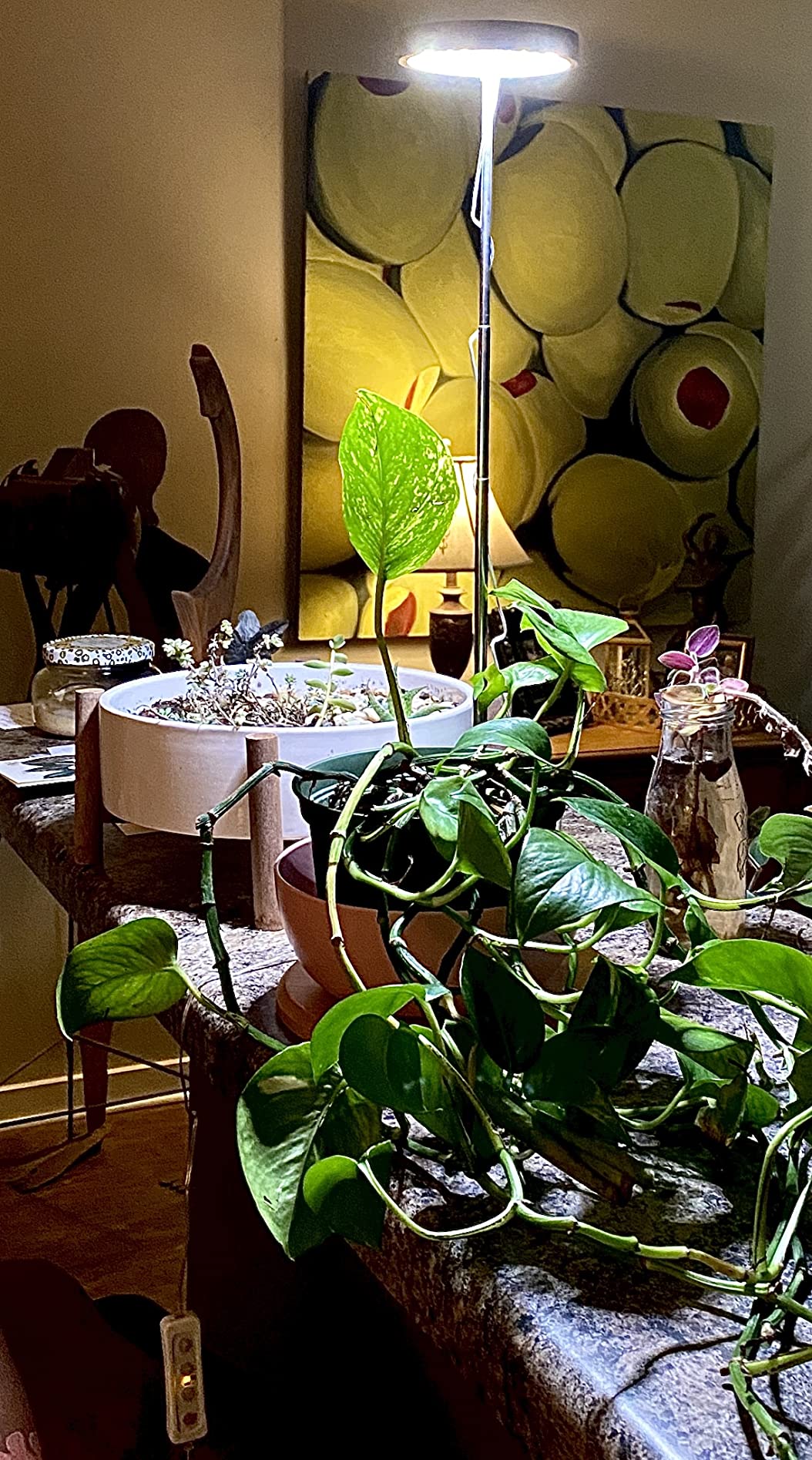Exploring the World of Plant Lights: A Comprehensive Guide

In the realm of indoor gardening and horticulture, plant lights play a crucial role in ensuring the healthy growth and development of plants. With the increasing popularity of indoor gardening, the demand for high - quality plant lights has also soared. In this blog series, we will delve into different types of plant lights, each with its unique features and applications.
LED Plant Lights: The Future of Horticulture Lighting
LED (Light - Emitting Diode) plant lights have emerged as a game - changer in the world of plant lighting. These lights offer a plethora of advantages over traditional lighting options. One of the key benefits of LED plant lights is their energy efficiency. Unlike fluorescent or HID (High - Intensity Discharge) lights, LEDs consume significantly less energy, which not only reduces electricity bills but also makes them an environmentally friendly choice.
LEDs also have a longer lifespan, lasting up to 50,000 hours or more. This means less frequent replacement and lower maintenance costs. Additionally, LED plant lights can be customized to emit specific wavelengths of light, which are essential for different stages of plant growth. For example, blue light promotes vegetative growth, while red light is crucial for flowering and fruiting. By providing the right spectrum of light, LED plant lights can optimize plant growth and increase yields.
Another advantage of LED plant lights is their ability to produce very little heat. This is particularly important for indoor gardening, as excessive heat can damage plants. With LEDs, gardeners can place the lights closer to the plants without the risk of burning them.
Fluorescent Plant Lights: The Budget - Friendly Option
Fluorescent plant lights have been around for a long time and are still a popular choice among many indoor gardeners, especially those on a budget. These lights are relatively inexpensive to purchase and operate, making them accessible to a wide range of users.
Fluorescent lights come in two main types: T5 and T8. T5 lights are more energy - efficient and produce a higher intensity of light compared to T8 lights. They are often used for seedlings and young plants, as they provide the right amount of light for initial growth. Fluorescent lights emit a broad spectrum of light, which is suitable for general plant growth. However, they may not be as effective as LED lights in providing the specific wavelengths required for optimal growth.
One drawback of fluorescent plant lights is their relatively shorter lifespan compared to LEDs. They typically last around 10,000 - 15,000 hours, which means they need to be replaced more frequently. Additionally, fluorescent lights contain mercury, which requires proper disposal to avoid environmental pollution.
HID Plant Lights: Power and Performance
HID plant lights, including Metal Halide (MH) and High - Pressure Sodium (HPS) lights, are known for their high - intensity output and are commonly used in large - scale commercial horticulture. These lights produce a significant amount of light, making them suitable for plants that require a high light intensity, such as flowering and fruiting plants.
Metal Halide lights emit a blue - white light, which is ideal for the vegetative growth stage of plants. They provide the necessary light spectrum to promote strong stem and leaf development. On the other hand, High - Pressure Sodium lights emit a yellow - orange light, which is rich in red wavelengths. This makes them perfect for the flowering and fruiting stage, as they encourage bud formation and fruit development.
However, HID plant lights have some drawbacks. They consume a large amount of electricity, which can result in high operating costs. They also produce a significant amount of heat, requiring proper ventilation and cooling systems to prevent damage to the plants. Additionally, HID lights have a relatively shorter lifespan compared to LEDs, usually lasting around 10,000 - 24,000 hours.
Smart Plant Lights: The Next Generation of Gardening
Smart plant lights are the latest innovation in the field of horticulture lighting. These lights are equipped with advanced features such as Wi - Fi connectivity, remote control, and programmable settings. With smart plant lights, gardeners can easily adjust the light intensity, spectrum, and duration from their smartphones or other devices.
This allows for precise control over the growing environment, ensuring that plants receive the optimal amount of light at each stage of growth. Smart plant lights can also be integrated with other smart home devices, such as environmental sensors, to create a fully automated growing system. For example, the lights can be programmed to turn on and off based on the temperature, humidity, or light levels in the growing area.
In conclusion, each type of plant light has its own unique advantages and disadvantages. The choice of plant light depends on various factors such as the type of plants being grown, the size of the growing area, the budget, and the specific requirements of the plants. By understanding the different types of plant lights available, indoor gardeners can make an informed decision and create the perfect growing environment for their plants.
